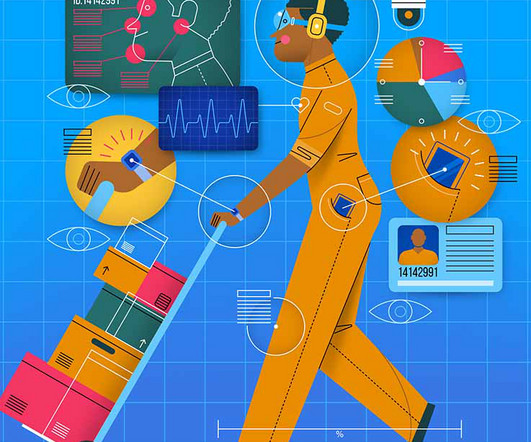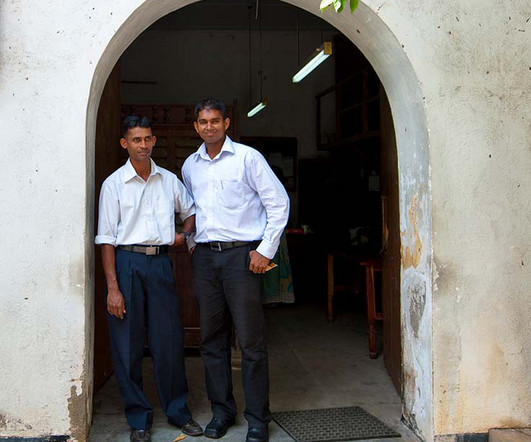Strengthening communities by supporting the nonprofit workforce
Candid
NOVEMBER 20, 2024
For many nonprofit workers—especially those who work in social assistance, the arts, or the religious sector—wages just can’t keep up with rising costs. In 2022, 48% owned their homes, only 4% had any investment income, 25% were covered by public health insurance, and 10% had no coverage at all.

















Let's personalize your content